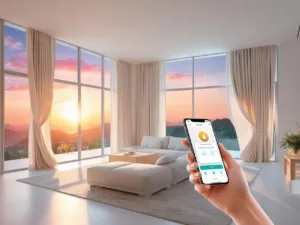Table of Contents
Introduction
Automate Your Garage Opener with DIY Projects to enhance convenience, security, and efficiency. Instead of relying on expensive commercial systems, you can create a DIY garage door automation system using smart devices and open-source technology. With the right components, you can remotely control your garage door, integrate voice commands, and even set up automation that opens and closes based on your location. This guide will walk you through everything you need to know to set up your own automated garage door opener.
Benefits of Automating Your Garage Opener
Homeowners are increasingly turning to smart technology for home automation, and the garage is no exception. Some key benefits of DIY garage door automation include:
- Convenience: Open and close your garage door remotely with a smartphone app or voice assistant.
- Enhanced Security: Monitor access, receive alerts on unauthorized entry, and prevent break-ins with real-time notifications.
- Cost Savings: DIY solutions are often cheaper than commercial smart garage door openers.
- Energy Efficiency: Prevent wasted energy by ensuring the garage door is closed when not in use.
- Integration: Sync with smart home systems like Google Home, Amazon Alexa, and Apple HomeKit for a seamless experience.
- Customizability: DIY projects allow for greater customization and control over your automation system.
Essential Tools & Components
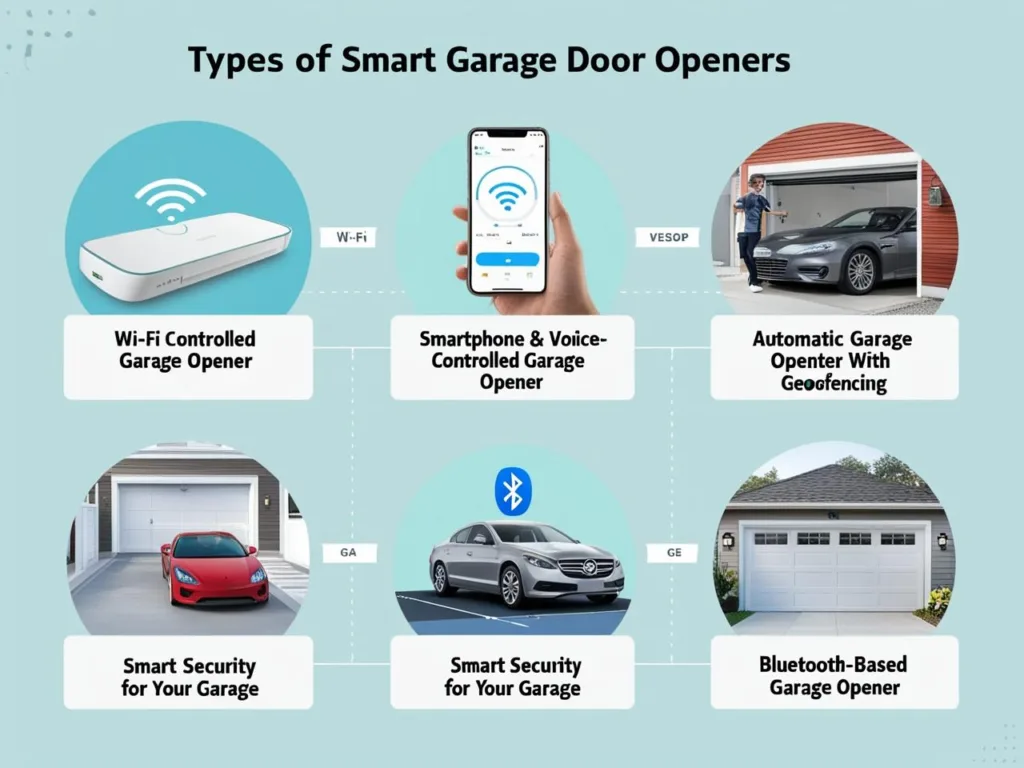
To start your DIY garage automation project, you will need the following:
Hardware Components
- Microcontrollers (ESP8266, ESP32, or Arduino)
- Relay Module (for controlling the garage door motor)
- Wi-Fi Module (for remote access and automation integration)
- Magnetic Door Sensors (to detect whether the door is open or closed)
- Smartphone App (such as Home Assistant, MQTT, or a custom-built app)
- Power Supply (compatible with your microcontroller and relay module)
- Voice Assistants (Amazon Alexa, Google Assistant, or Apple Siri)
- Bluetooth Module (optional, for proximity-based access)
Software Tools
- Home Assistant (for home automation integration)
- IFTTT (If This Then That) (for geofencing automation)
- Blynk or MQTT (for remote control)
- Tasker (for Android automation)
- Arduino IDE or ESPHome (for programming microcontrollers)
DIY Garage Door Automation Projects
1. Wi-Fi Controlled Garage Opener
A Wi-Fi-controlled garage opener allows you to operate the garage door from anywhere using a smartphone app.
What You Need:
- ESP8266/ESP32 microcontroller
- Relay module
- Smartphone app (Blynk, MQTT, or Home Assistant)
Steps:
- Connect the relay module to your garage door opener’s manual switch terminals.
- Program the ESP8266 to send signals to the relay when triggered via Wi-Fi.
- Set up a smartphone app to control the relay remotely.
- Secure the system by enabling authentication on your app.
- Test the system to ensure proper connectivity and functionality.
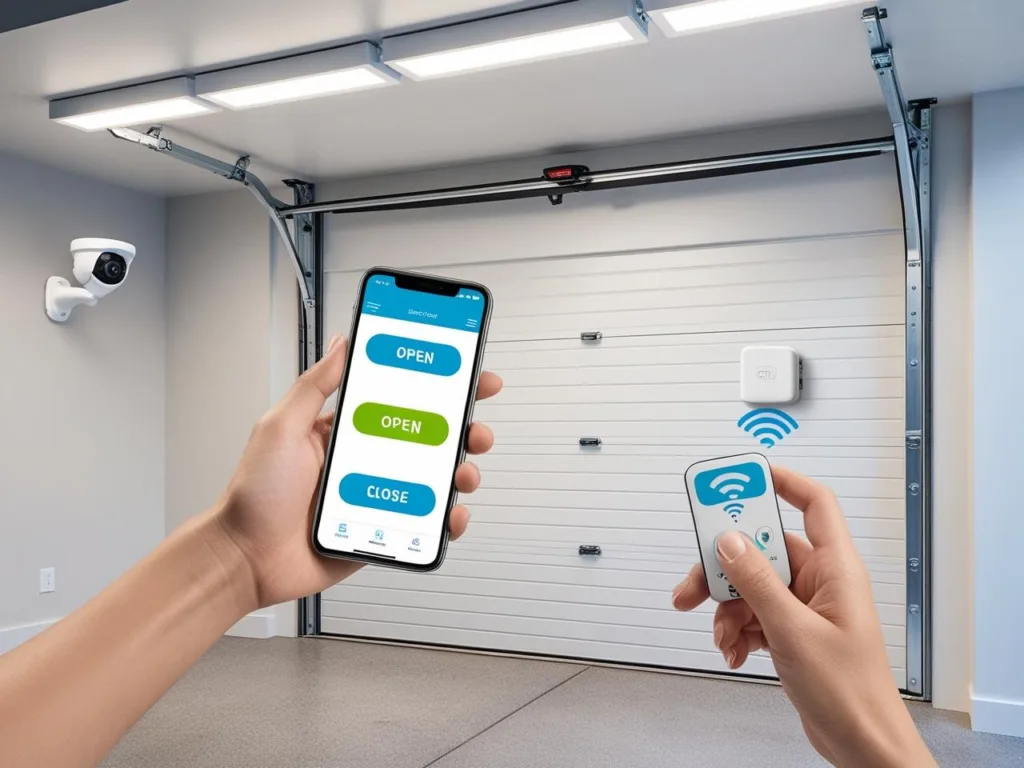
2. Smartphone & Voice-Controlled Garage Opener
With this project, you can control your garage door using voice commands via Google Assistant, Alexa, or Siri.
What You Need:
- ESP8266/ESP32 with relay module
- Google Assistant, Alexa, or Siri Shortcuts
- Home Assistant for integration
Steps:
- Set up your ESP8266 with a Wi-Fi relay module.
- Configure Home Assistant or an MQTT broker to send commands.
- Link the system to Google Assistant or Alexa for voice control.
- Use commands like “Hey Google, open the garage” to operate.
- Add security measures like PIN verification for voice commands.
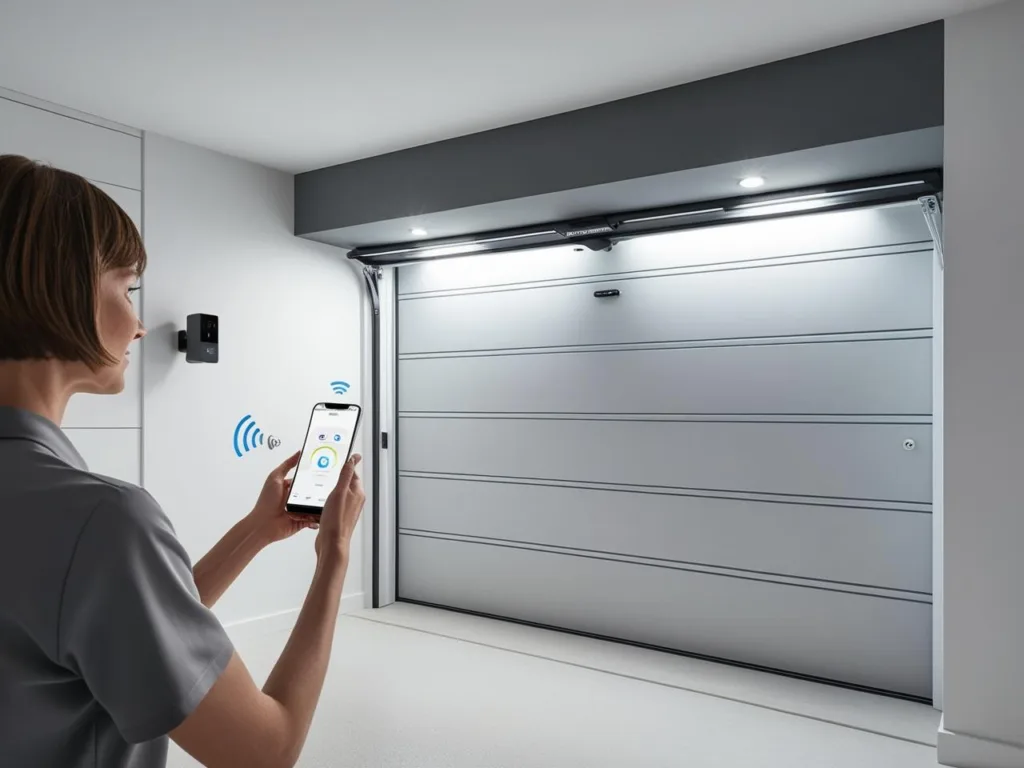
3. Automatic Garage Opener with Geofencing
Geofencing allows your garage door to open automatically when you arrive home and close when you leave.
What You Need:
- Smartphone with GPS and location tracking
- Smart garage controller (MyQ, ESP32-based system)
- IFTTT or Tasker app
Steps:
- Use IFTTT or Tasker to trigger automation based on your phone’s location.
- Set up a rule that opens the garage door when you approach your home.
- Configure security measures to prevent unauthorized activation.
- Adjust the geofencing radius to ensure the garage door only opens when truly necessary.
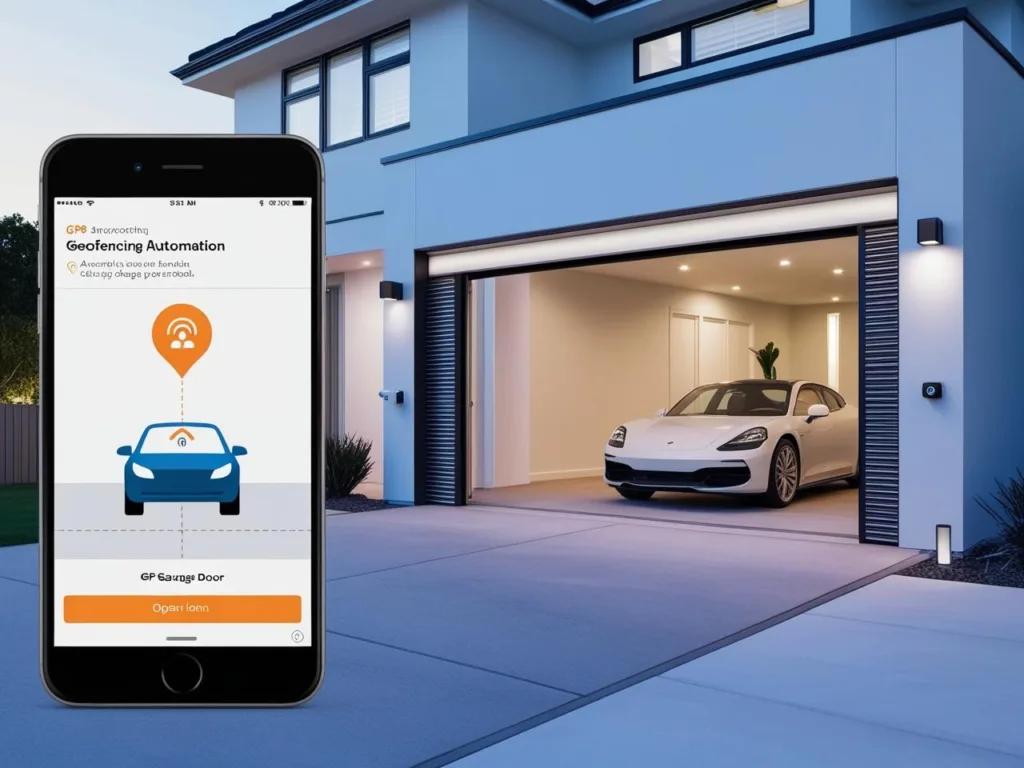
4. Smart Security for Your Garage
Security is a crucial aspect of garage automation, ensuring your home remains safe from intruders.
What You Need:
- Door contact sensors
- Security camera (Wi-Fi-enabled)
- Smart alarm system
- Motion detectors
Steps:
- Install contact sensors to monitor if the garage door is open or closed.
- Integrate a security camera with real-time streaming and cloud storage.
- Use Home Assistant or SmartThings to receive alerts for suspicious activity.
- Set up a motion-activated alarm system for added security.
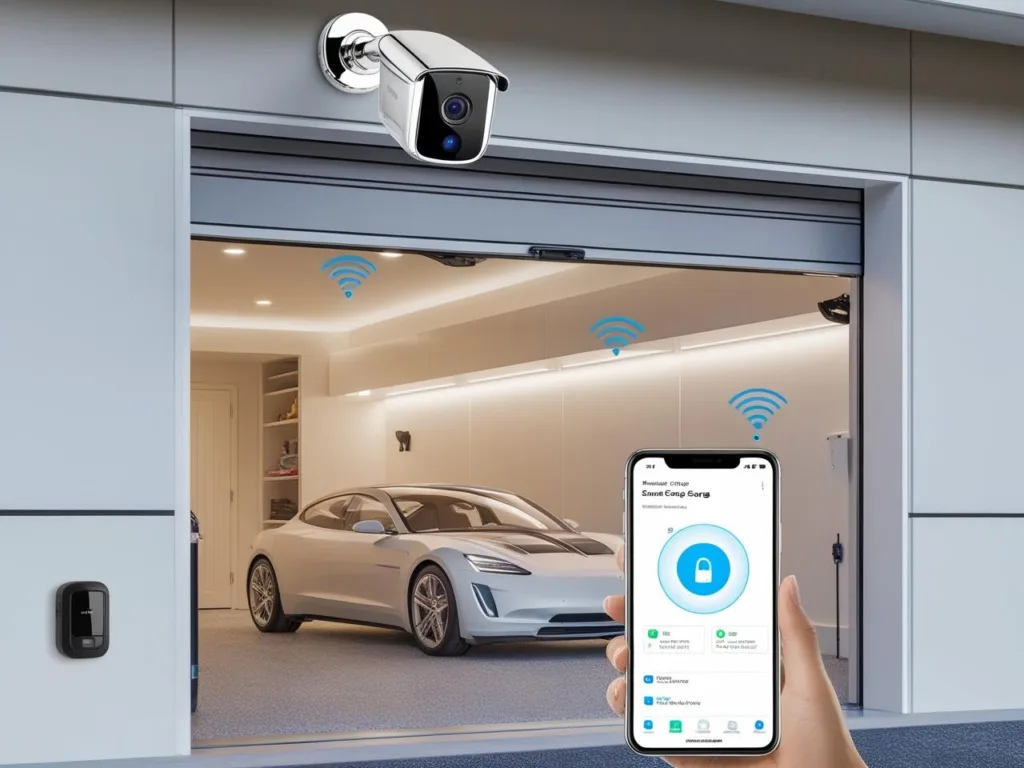
5. Bluetooth-Based Garage Opener
A Bluetooth-based opener allows you to control your garage door without needing an internet connection.
What You Need:
- Bluetooth relay module
- Arduino or ESP32
- Smartphone with a Bluetooth control app
Steps:
- Connect the relay module to your garage door opener.
- Program the microcontroller to listen for Bluetooth signals.
- Use a smartphone app to send open/close commands.
- Add an authentication mechanism for enhanced security.
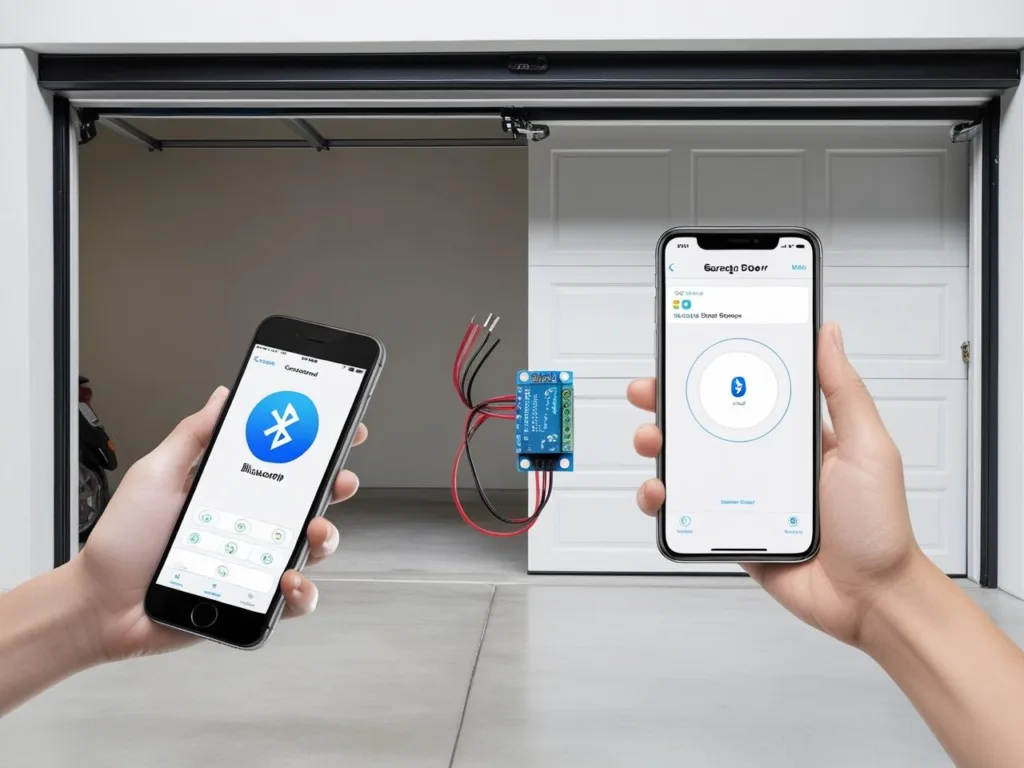
Advanced DIY Garage Automation Ideas
Integration with Smart Lighting
- Install smart LED strips or motion-activated lighting inside the garage.
- Set up automation to turn on lights when the garage door opens.
- Use a light sensor to adjust brightness based on ambient conditions.
Multi-User Access Control
- Set up RFID/NFC readers for access control.
- Create unique codes for family members and guests.
- Log entry times and monitor access through a smartphone app.
Emergency Backup System
- Use a battery backup to ensure automation works during power outages.
- Add a manual override switch for emergencies.
- Implement a solar-powered system for energy efficiency.
Integrating with a Smart Home Hub
To centralize control, integrate your garage opener with:
- Home Assistant (open-source, customizable automation)
- SmartThings (compatible with multiple devices)
- Google Home or Alexa (for voice-controlled access)
- Apple HomeKit (for seamless Apple ecosystem integration)
Common Troubleshooting Tips
Even with careful setup, you may encounter some issues. Here are common troubleshooting tips:
- Connectivity Issues: Ensure your microcontroller and relay module are connected properly.
- Wi-Fi Dropouts: Use a Wi-Fi extender if your garage has weak signals.
- Unresponsive Commands: Check for power supply issues or firmware errors.
- Unauthorized Access Concerns: Enable two-factor authentication and encrypted communication.
- Mechanical Malfunctions: Inspect the garage door motor and relay connections.
Conclusion
DIY garage door automation can add significant convenience and security to your home. Whether you opt for Wi-Fi, Bluetooth, or geofencing solutions, you can create a system tailored to your needs. With proper planning and integration, your garage opener can become a fully automated, smart device. Start with a basic setup, and as you gain confidence in DIY home automation, you can expand your system with additional features like security monitoring and multi-user access. Happy automating!

